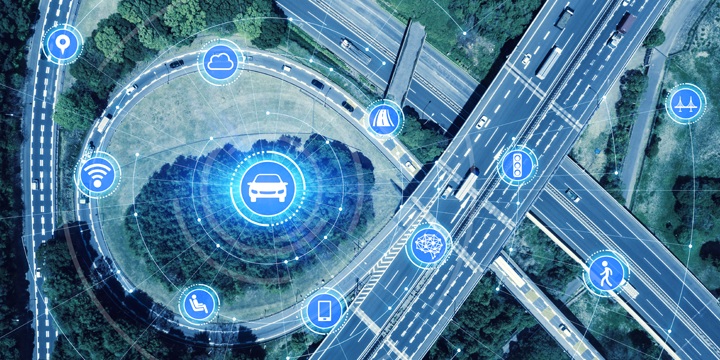There is little doubt vehicle fleets will be needed in the future. The question is how fleet managers should think about employee mobility.
Traditionally, “mobility” in the fleet sense has been about issuing a driver a vehicle and making sure the vehicle was able to transport them and any equipment needed to do the job at a work destination.
But should the mobility mindset be broadened away from being vehicle exclusive to transportation focused? What would that look like? What would that mean for the fleet and the role of the fleet manager?
Employee-First Transportation
Mobility, in this sense, is employee focused. This means the goal is finding the most efficient transportation method to fulfill the needs of the job and remain productive. It will require a fundamental shift in thinking by the fleet manager. Instead of issuing a vehicle from a pre-set selector as the only end, the manager will need to evaluate how the employee does their work, which will lead to a host of questions that must be answered:
- What is the nature of the job?
- How far does the employee have to travel every day to do their job?
- Are there transportation alternatives the employee can use?
- If the employee needs a vehicle, what would be the best type?
- How often will that vehicle be used?
The answers to these questions will help the fleet manager determine the best means of transportation for that employee.
In some cases, it could mean the employee will need a vehicle full time, and certainly that question will be resolved if the nature of the job is to drive a vehicle. But if driving is a secondary — or even just a potential — consequence of the job function, the answer to the transportation equation may be more complex.
Car sharing, on-demand services, public transportation, even walking — or a combination of several of these depending on the employee’s specific needs — are just some of the ways an employee could travel to a work-related destination. In the future, employee transportation will need a robust menu of options.
The key variable in the human transportation equation is how the employee will get to a destination efficiently and safely, not what vehicle they will use.
Options and More
Technology makes these answers more varied and complex. Drones, robots, and autonomous vehicles will also contribute to changing the very nature of mobility.
In fact, the rise in autonomous technology may cause a fundamental split in the way a fleet runs. Part of the fleet operation may focus on moving people from place to place while the other part of the operation may use autonomous technology to deliver goods, and, eventually, services.
Rise of the Mobility Manager
The role of a fleet manager has never been easy. Neither are the evolving realities of today’s mobility landscape, and they won’t become easier any time soon.
In fact, what we think of as a fleet manager may eventually be a bygone role. To be sure, there will still be fleet managers who exclusively oversee vehicles, whether manned or unmanned, but the role will undoubtedly expand for many others as the definition of transportation changes as technology advances.
The next generation of fleet managers will undoubtedly become mobility managers who will serve as experts in moving employees safely to their destinations. They must understand all transportation options including emerging vehicle technology, retain a grasp of how and when to successfully implement autonomous technology, and develop a keen sense of how to interpret and apply data as it pours in.
The role will not get any easier, but it’ll be needed more than ever.
by Chris Wolski
Source: https://www.automotive-fleet.com
CUT COTS OF THE FLEET WITH OUR AUDIT PROGRAM
The audit is a key tool to know the overall status and provide the analysis, the assessment, the advice, the suggestions and the actions to take in order to cut costs and increase the efficiency and efficacy of the fleet. We propose the following fleet management audit.




